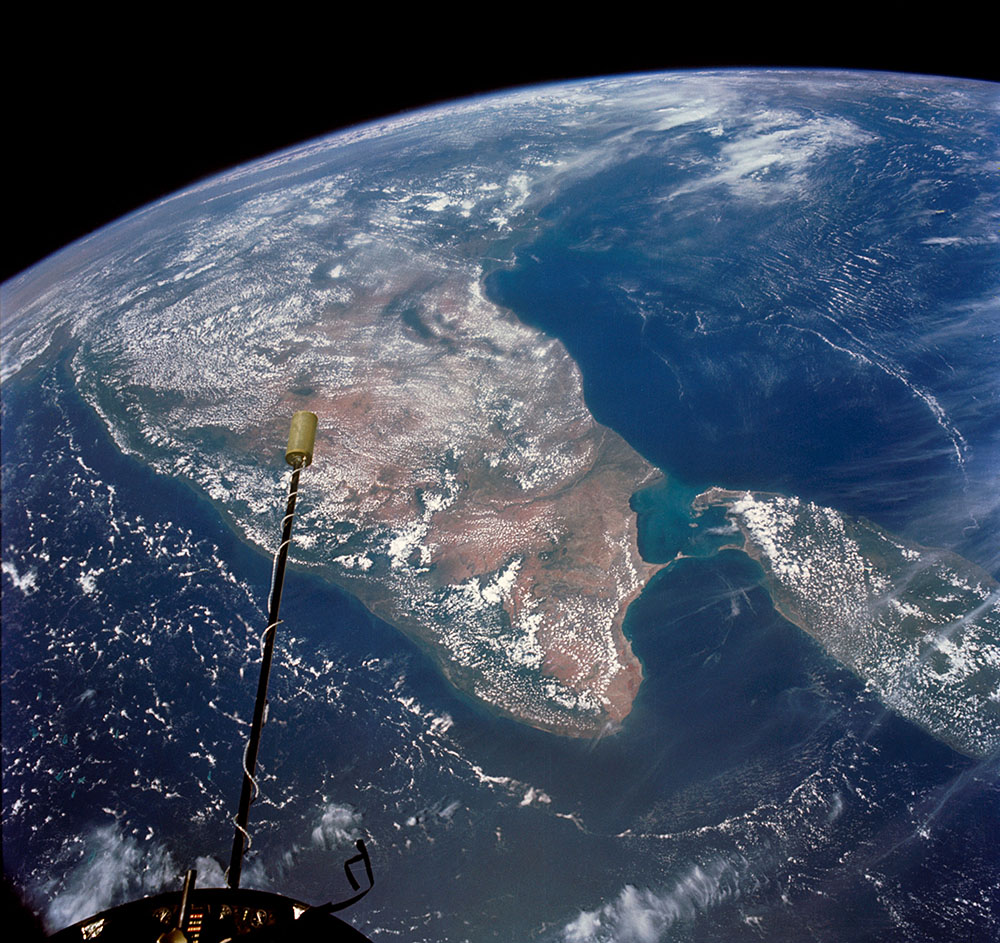East India Company's Early Ships in India (Part II)
The First Anglo Burmese War that took place from early march 1824 till late February 1826, placed great financial burden on the East India Company but reduced Burma and its rulers to a weak state from the level of a peer of the East India Company's British India. This had happened with other Indian kingdoms before and would happen with many kingdoms in the 19th century. The Charter Act of 1833 tried to create a more centralised form of governance in British India with the newly created position of Governor General of India and transformed the East India Company from a sole commercial entity with administrative powers to a Governing body with overwhelming governmental duties and responsibilities. It lost its monopoly over the two remaining items of tea and trade with China and soon the right to trade altogether. The Board of Control had full power over EIC but the territories were all in the name of the Monarch of Great Britain as had been sanctioned in the Charter Act of 1813. The EIC became the ruler of India, a proper governing authority with the Charter to rule on behalf of the Monarch and British Government.
In the 18th century the Bombay Presidency of EIC had its Bombay Marine and in 1830 it was renamed as Indian Navy. It had small vessels like Aurora which were owned by the the EIC and the standard larger frigates like Shah Allum which were larger and owned by the Royal Navy. The former bore the prefix of HCS (Honourable Company's Ship). The ships that often stayed close to Indian shores or had their home ports within British India were the ones that bore the letters HCS before their names.
Some of them were pretty good and officers of the Admiralty(British Navy) would often purchase them and commission them as an HMS. She would then be off to fight in Eastern Mediterranean or African coast or in East Asia.
After 1857, the company no longer ruled India and the Navy of the landmass of India was owned and managed by the British Colonial Government and not a chartered Honourable Company



Comments
Post a Comment